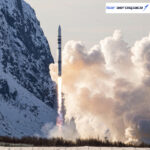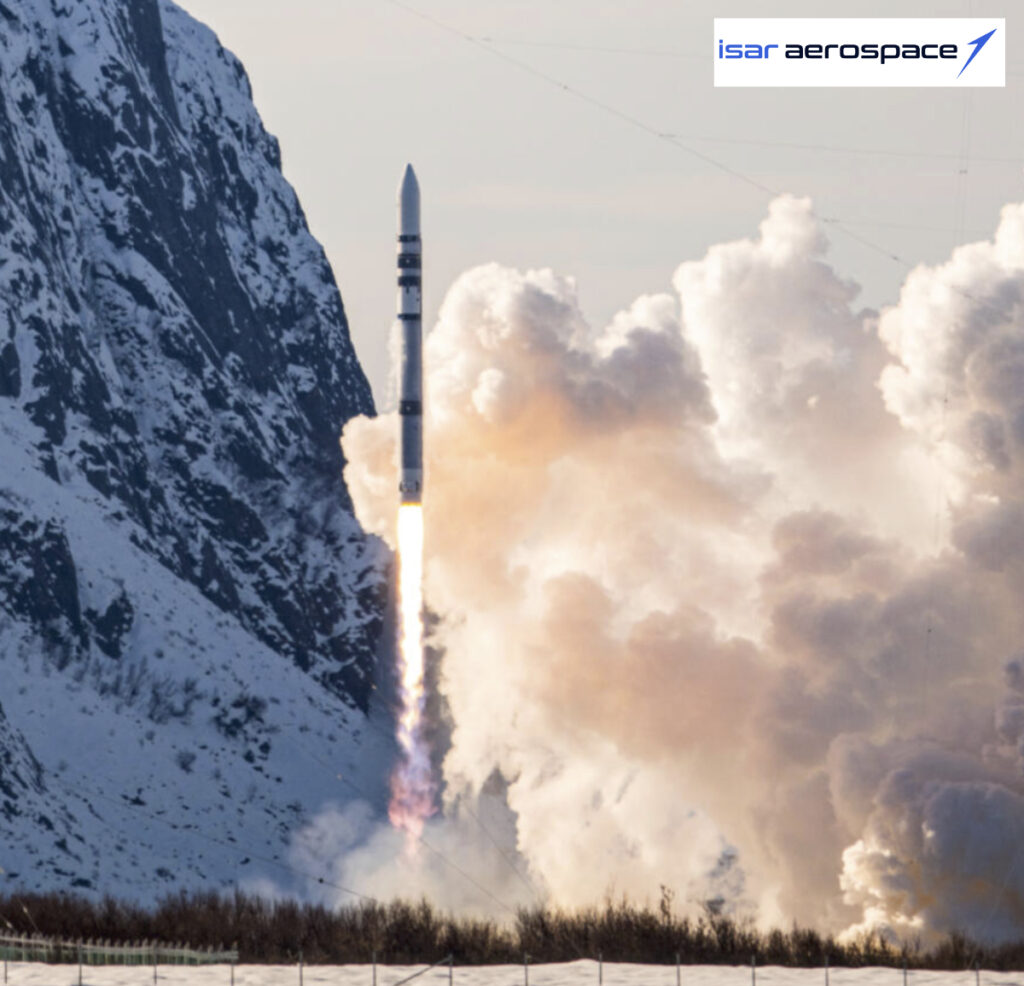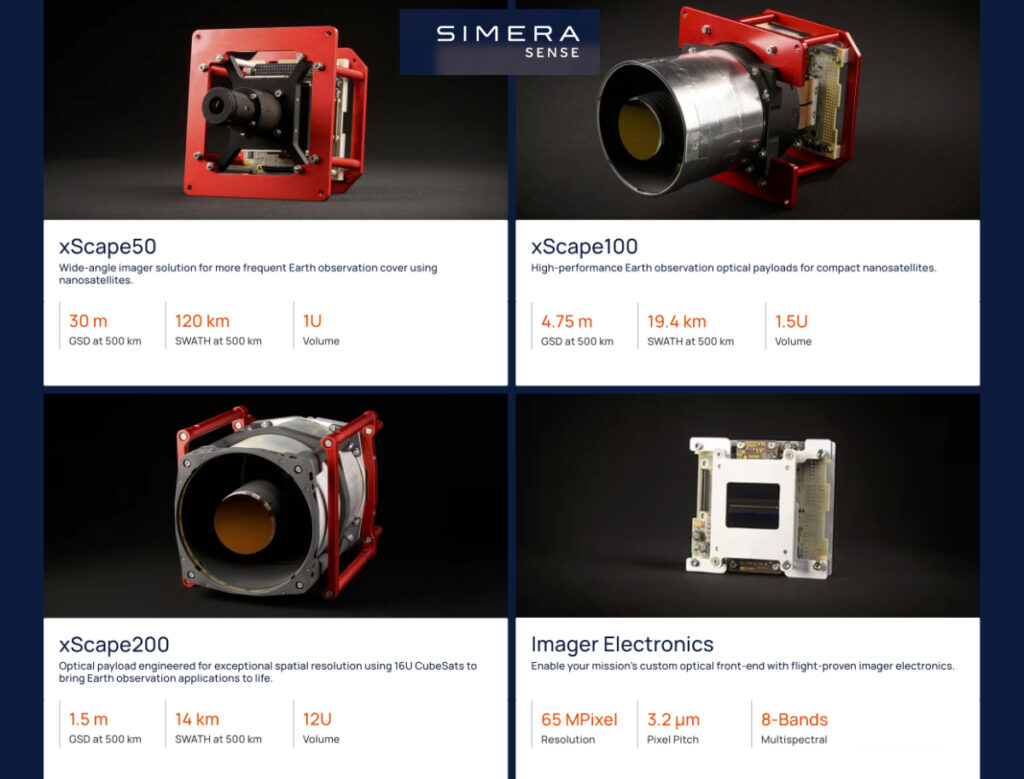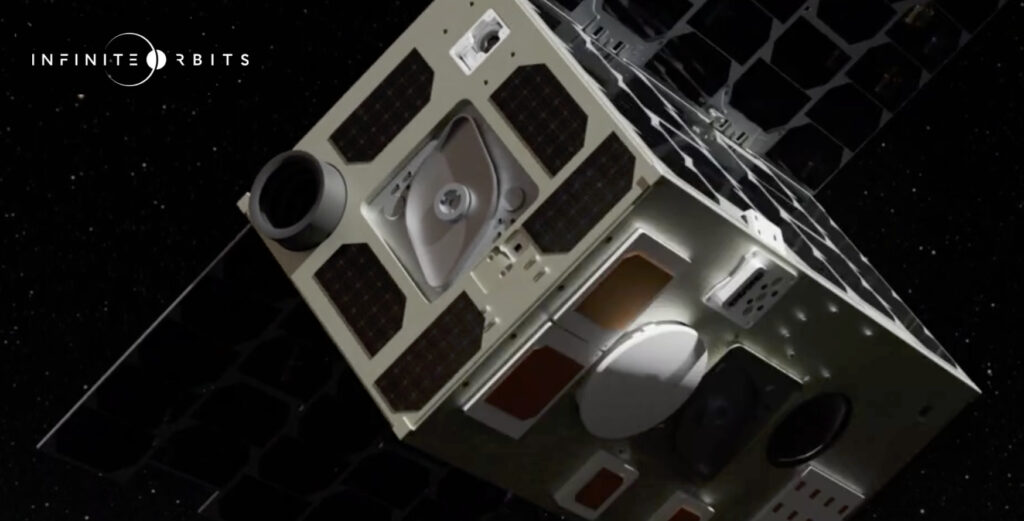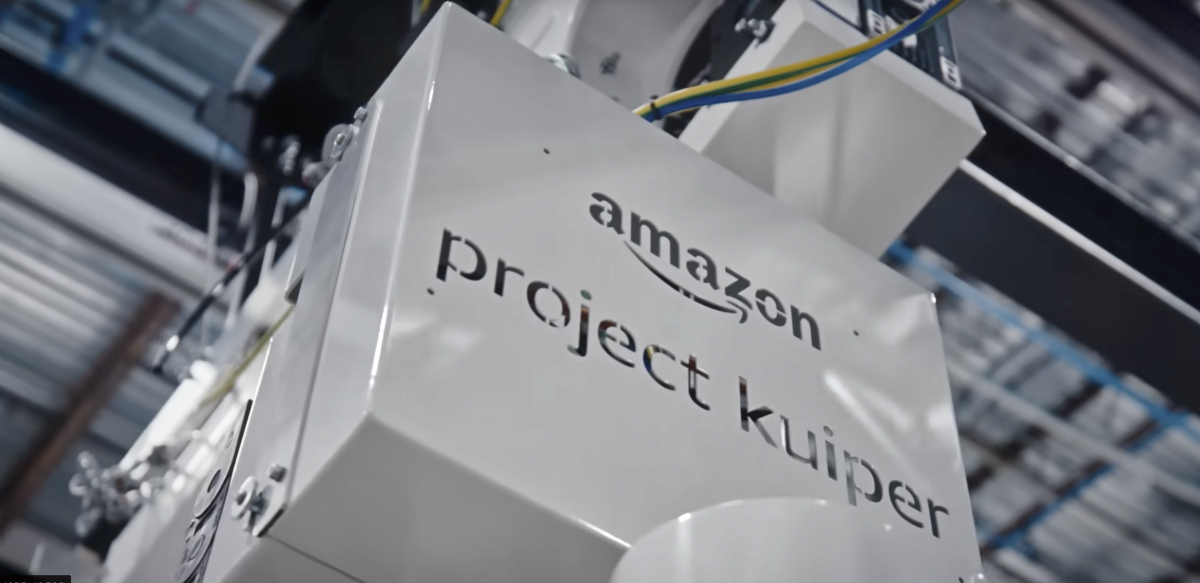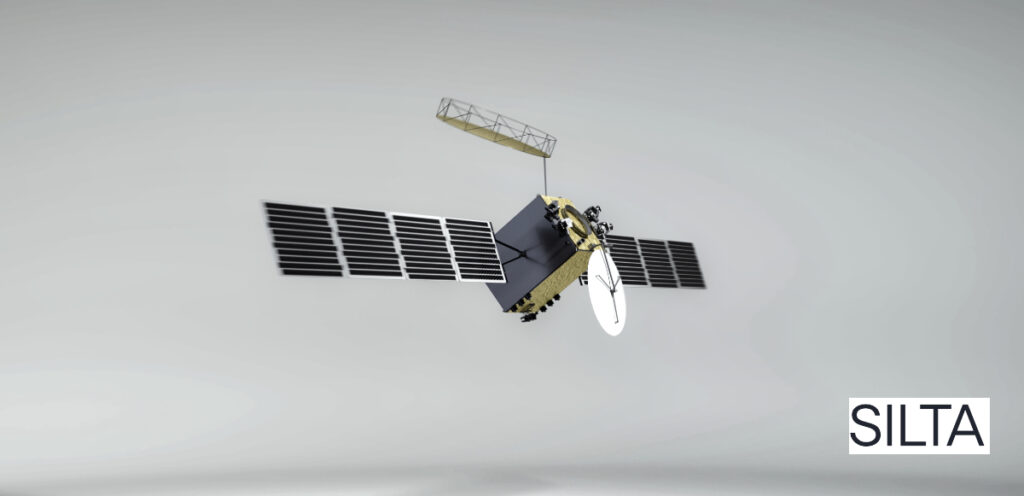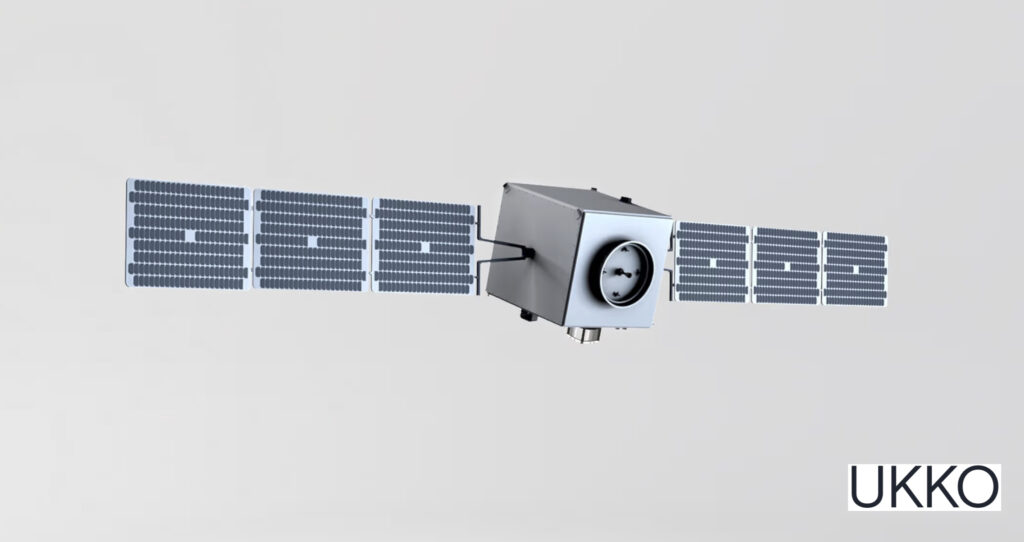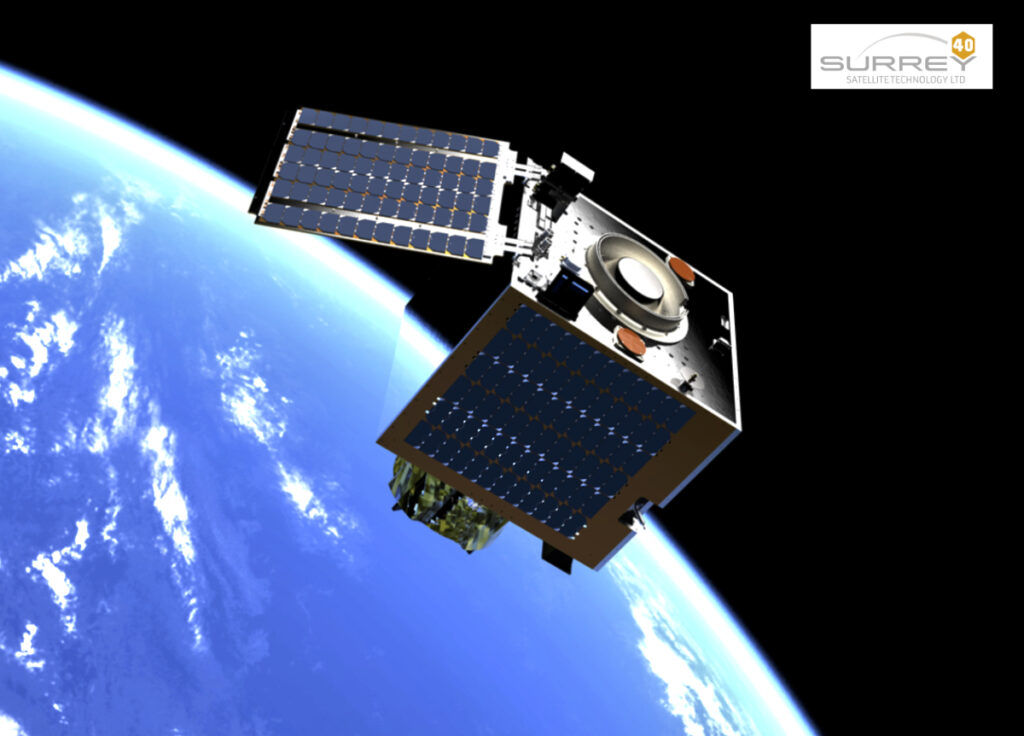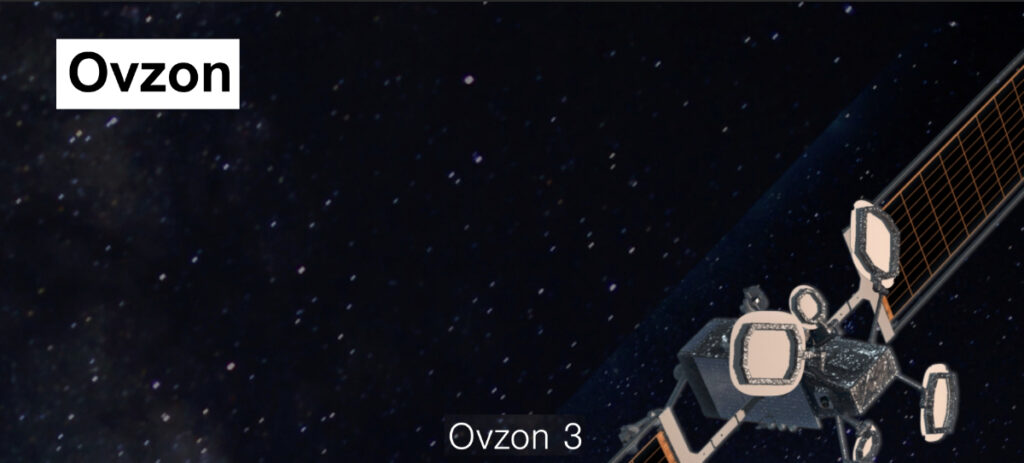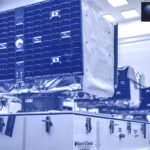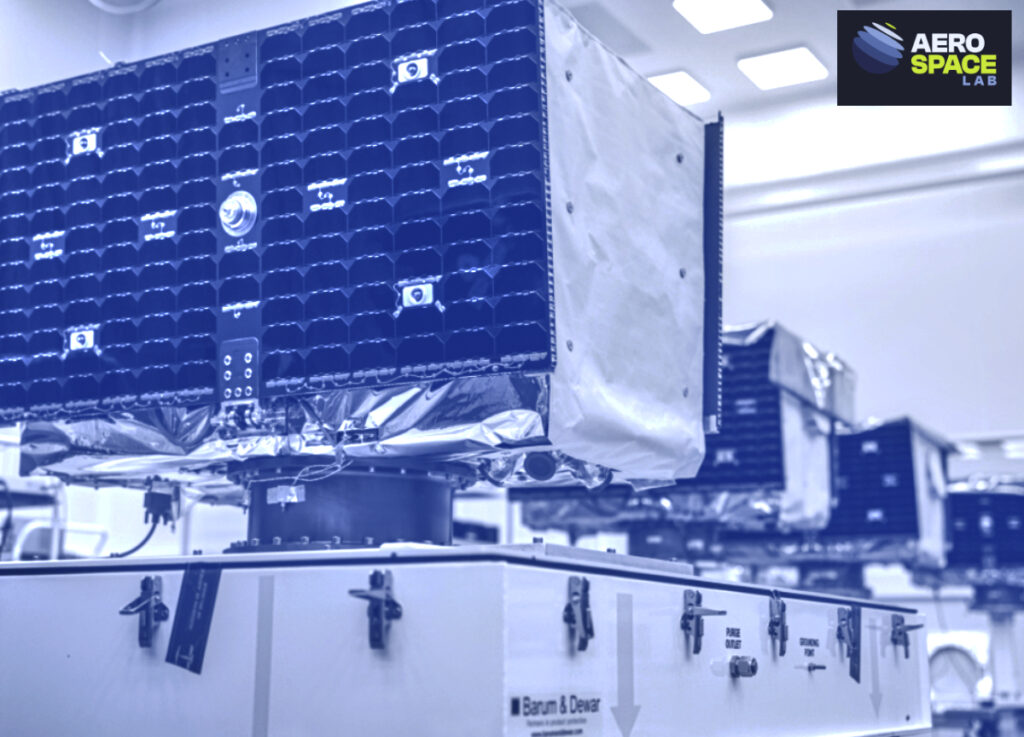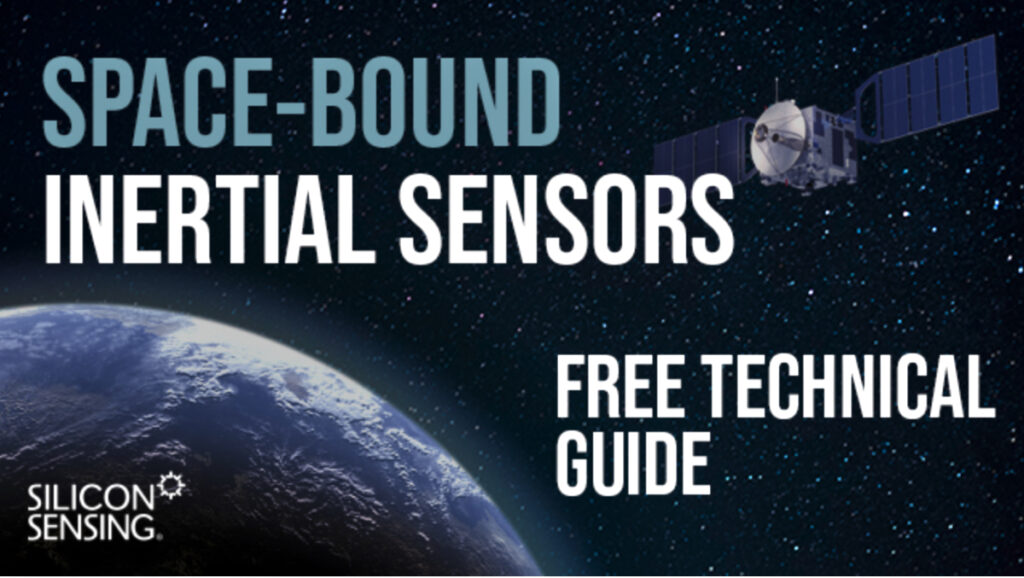
Silicon Sensing Systems Ltd. has published a free guide that examines the selection of inertial sensors and systems for the demanding conditions that are encountered in space.
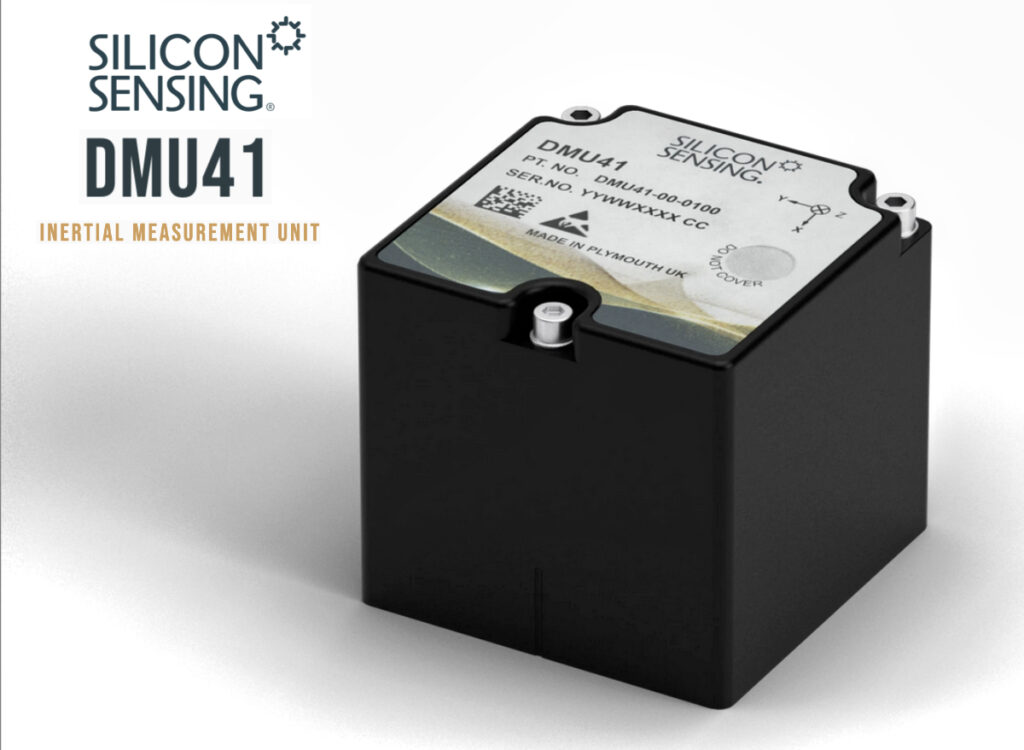
Inertial systems are integral to space missions, delivering essential data on motion, orientation, and position. Their reliability and precision are critical for applications such as satellite attitude control, launch vehicle navigation in GPS-denied contexts, and deep space exploration.

The extreme nature of the space environment requires these systems to perform flawlessly despite extreme conditions including intense vibration, severe shock, wide temperature fluctuations, electromagnetic interference, radiation and vacuum conditions. Selecting the appropriate inertial sensors for these conditions requires adherence to stringent international survivability and reliability standards alongside careful consideration of performance, robustness and cost.
Silicon Sensing is an expert in this field, particularly in micro electro-mechanical systems (MEMS) technologies where ongoing advances are extending available solutions.
In this guide, the company leverages its expertise to discuss space operations and evaluate the various inertial technologies available—including FOG (Fiber Optic Gyroscope), RLG (Ring Laser Gyroscope), and MEMS (Micro Electro-Mechanical Systems)— offering an overview of the optimal applications for each technology.
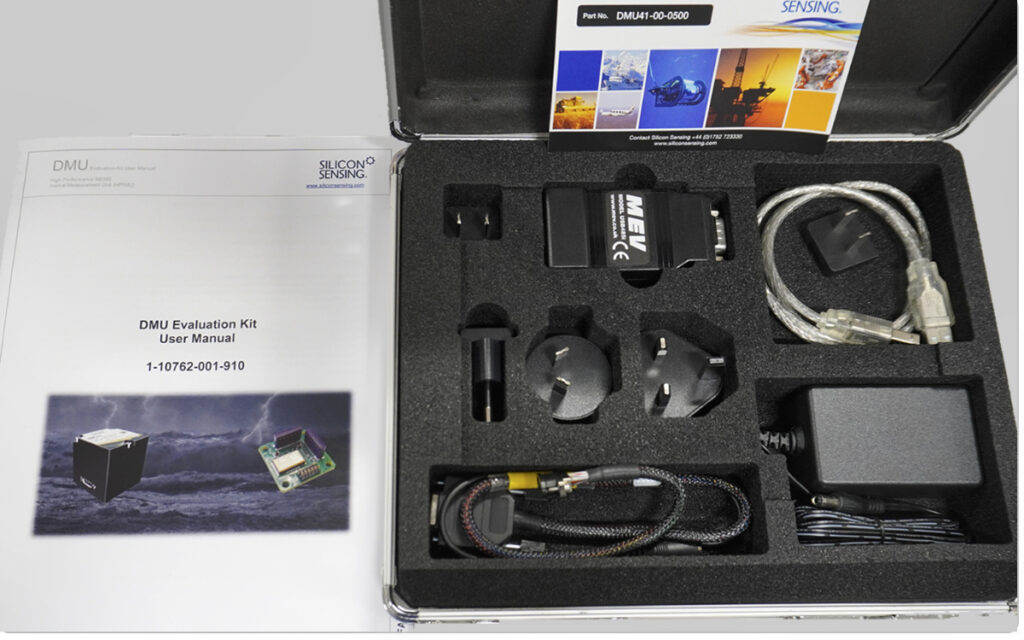
The DMU41 evaluation kit (EVK) enables the output data from the DMU41 inertial measurement unit (IMU), to be viewed and logged for evaluation and development testing purposes. To learn more and inquire about this kit, please access this direct link…
To read the informative article, access this direct infolink…

